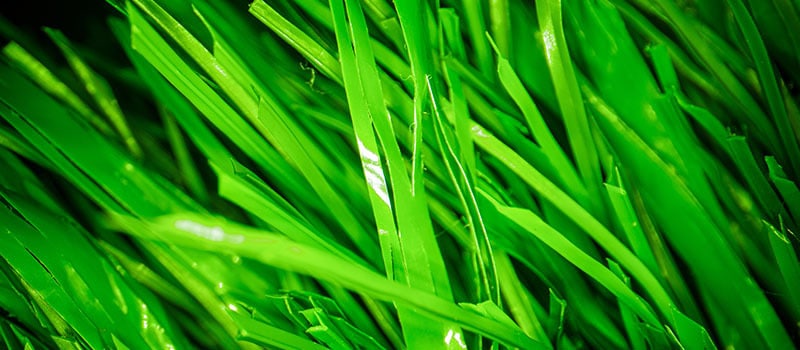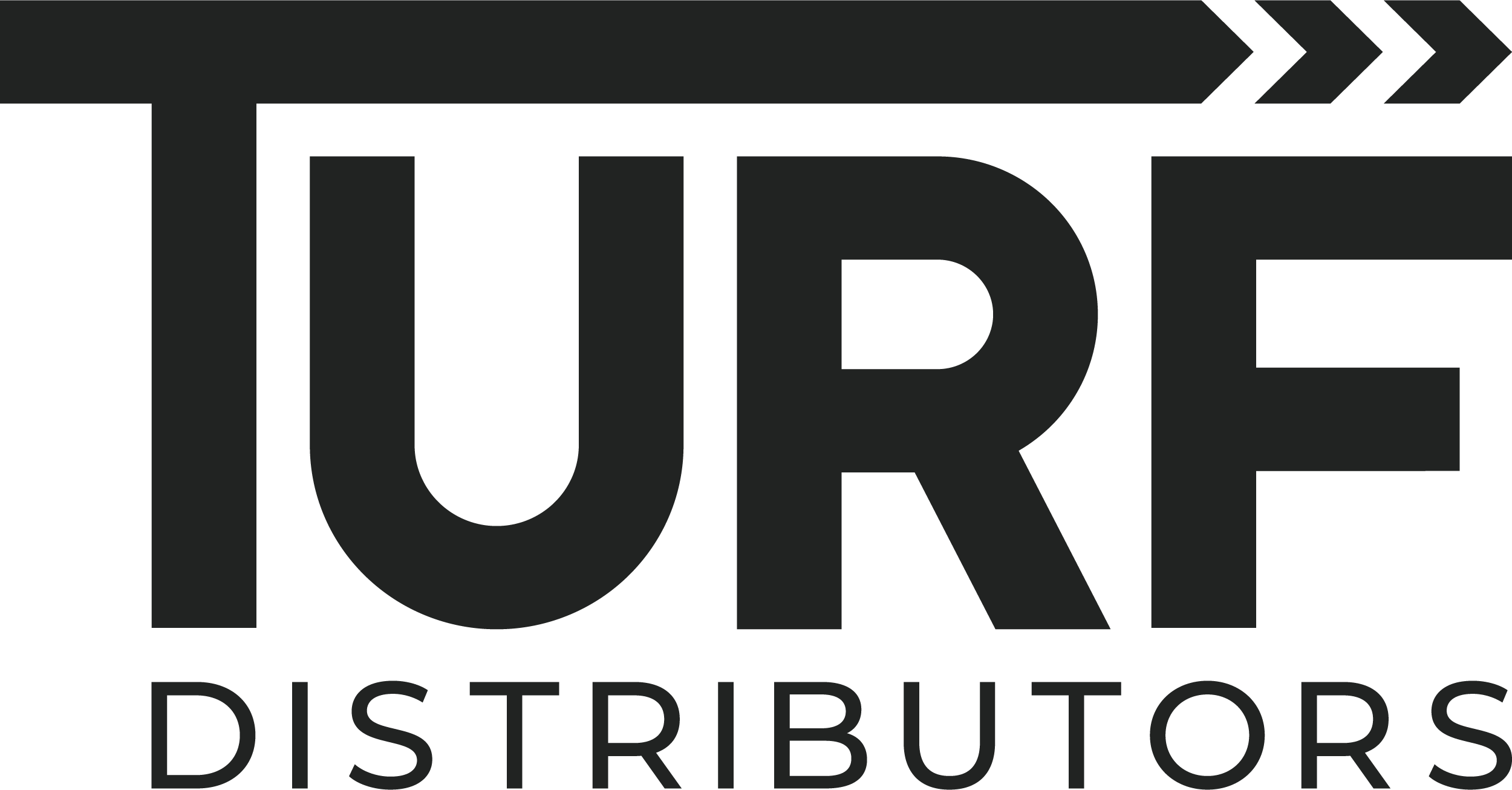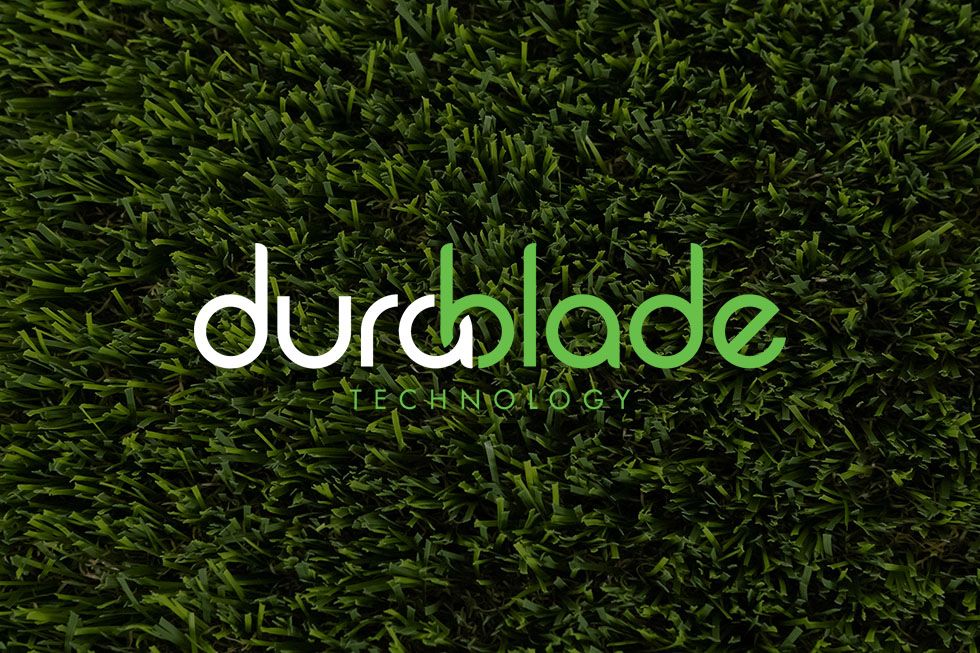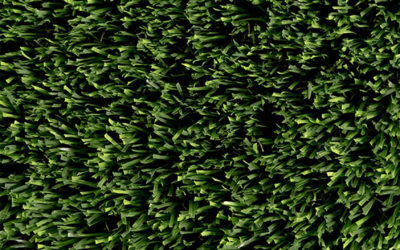
When it comes to artificial grass, there’s more to it than meets the eye. What does C8, C6, and C4 mean? What are the differences? How how do they impact the look and feel of your lawn? In this guide, we’ll unravel the mysteries behind these artificial turf yarns, helping you make an informed decision when it comes to your landscaping needs.
Decoding C8, C6, and C4 Artificial Turf Yarns:
If you’re contemplating the installation of artificial grass, you’ve likely encountered the terms C4, C6, and C8. These designations refer to different grades of carbon fibers and the number of carbons in the polymer, which play a crucial role in determining the performance and suitability of artificial turf. You may also hear them referred to as “yarns.” This is an industry term used to denote the material artifical grass is made from, and is often used interchangably with terms like “carbon fiber.”
One important thing to note is that most turf on the market is actually made from low-grade C2 yarn, which we do not carry at Turf Dsitributors. All of our products use C4 yarn or greater, and most of them use C8 DuraBlade™ technology.
C4 Carbon Fibers
Let’s begin with C4 carbon fibers. These are made of polypropylene (PP), which is stiffer and less flexible than the polyethylene (PE) used in C6 and C8 fibers. Due to their characteristics, C4 fibers are typically used in low-traffic areas like decorative lawns, balconies, and rooftops where high performance isn’t necessary. So, if you’re looking for artificial grass for a small balcony or rooftop garden, C4 fibers may be a good option.
C6 Carbon Fibers
Moving on to C6 carbon fibers, we find another variety fashioned from polyethylene (PE) polymers. These yarns possess a slightly lower melt flow index (MFI) compared to C8 counterparts. This means they are marginally less flexible and resilient, but don’t let that fool you; they still offer commendable durability and performance. C6 yarns find their calling in moderate-traffic areas like residential lawns and landscaping. If you’re in search of artificial grass for your front or backyard, designed to endure regular use without wearing out prematurely, C6 yarns are worth considering.
C8 Carbon Fibers
Our final stop on this yarn journey introduces us to C8 carbon fibers. These fibers are crafted from a polyethylene (PE) polymer known for its toughness and resilience. Engineered to have a higher melt flow index (MFI) than C6 fibers, C8 fibers exhibit greater flexibility and faster recovery from wear and tear. Because of this, C8 fibers are often used in high-traffic areas like sports fields and playgrounds, where durability and performance are critical. If you want artificial grass that can handle a lot of foot traffic without losing its shape, C8 fibers might be the way to go.
The Key Distinctions
To sum it up, the primary differences between C8, C6, and C4 artificial turf yarns boil down to the type of polymer used, the melt flow index (MFI) influencing flexibility and resilience, and their typical applications based on traffic levels. C8 yarns like DuraBlade™ stand out for their high durability and performance, making them ideal for high-traffic areas. C6 yarns strike a balance between performance and flexibility, catering to moderate-traffic spaces. Meanwhile, C4 yarns, with their unique composition, are suited for low-traffic areas where performance demands are less stringent.
Conclusion
As you embark on the journey of selecting artificial grass for your lawn or landscape, remember to factor in considerations like foot traffic, durability, and performance requirements. Understanding the nuances of C8, C6, and C4 artificial turf yarns empowers you to make a well-informed decision and choose the perfect artificial grass that aligns with your specific needs.
As always, if you would like more information aobut which turf is right for your application, contact one of our turf experts. We are always happy to answer your questions and point you in the right direction.


